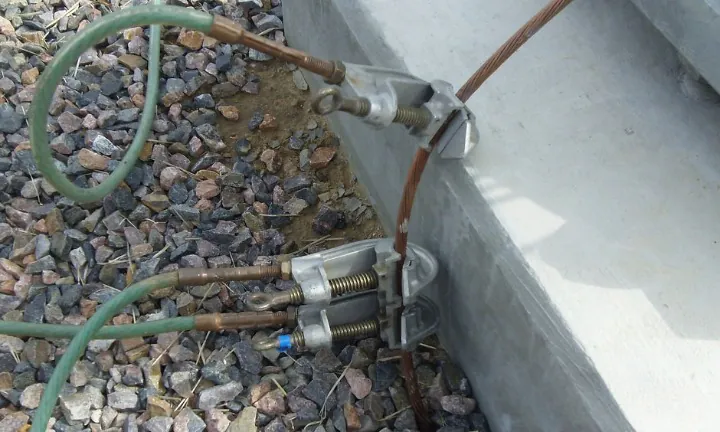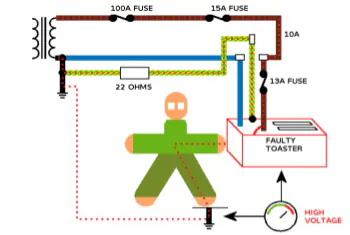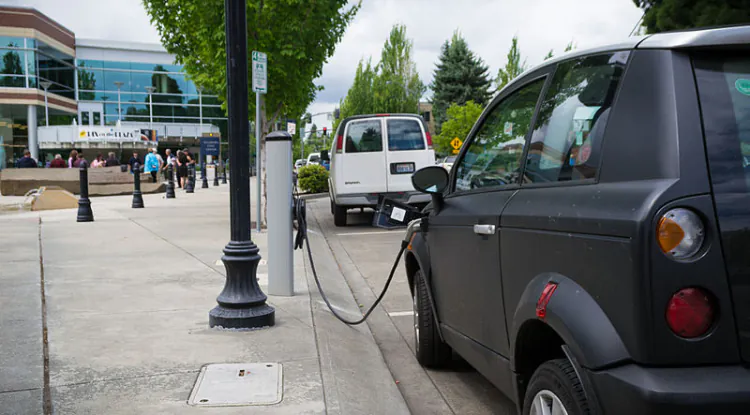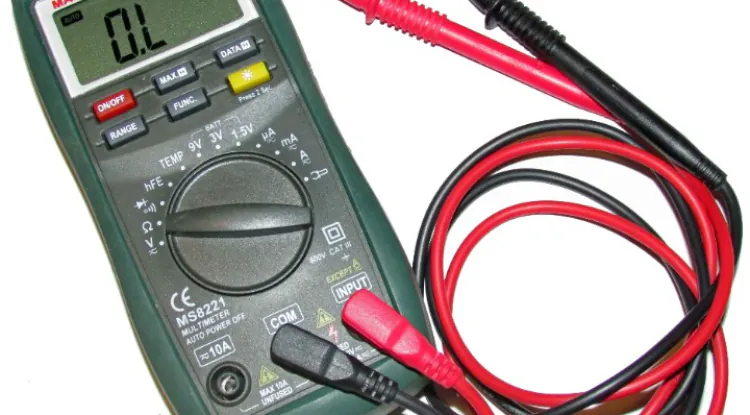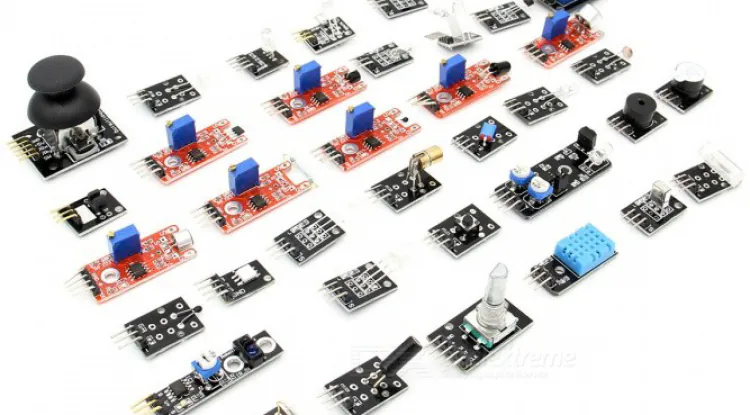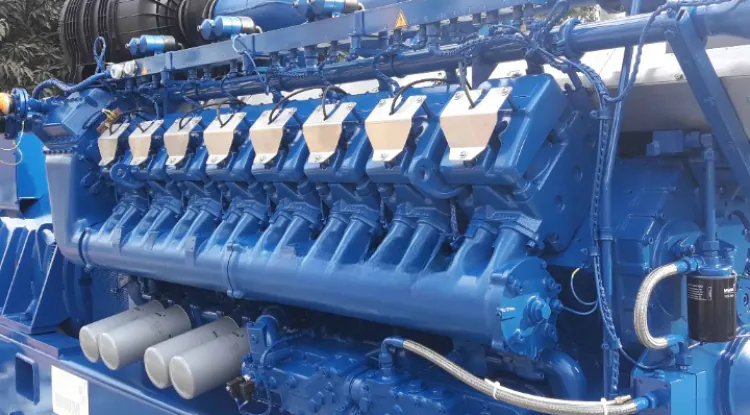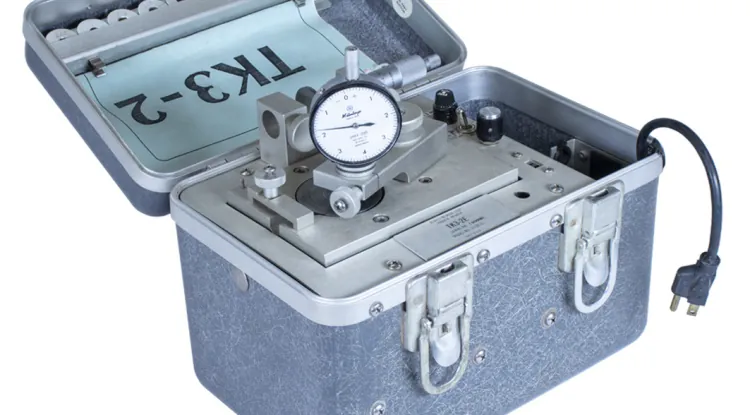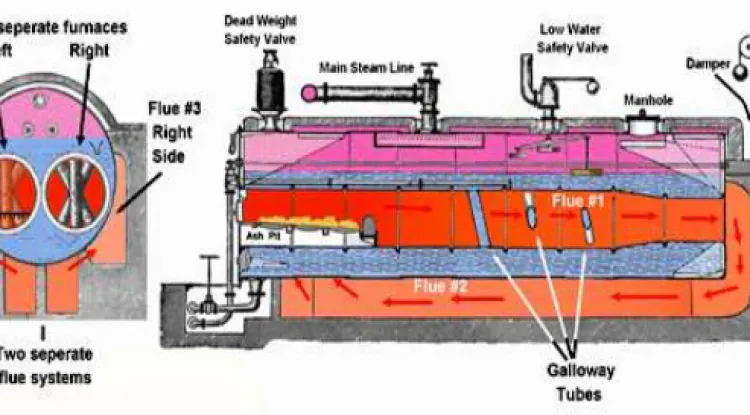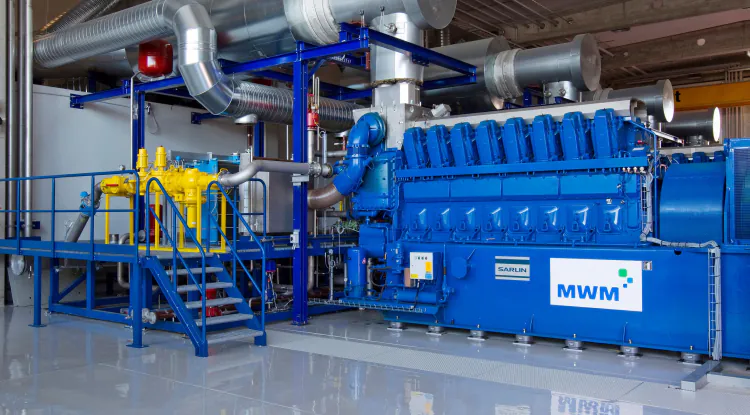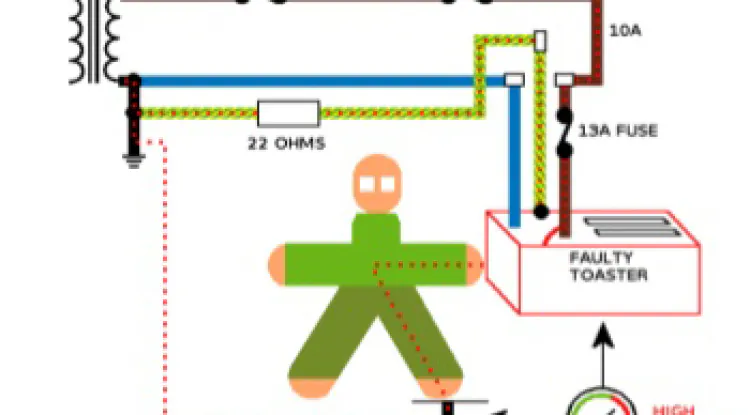Why Should We Install a Lightning Rod?
What is a Lighting Rod and why Should We Install a Lightning Rod?

You may have seen many skykeeper buildings, industries, power stations, and electrical substations installed with lightning rods to protect all electrical systems from lightning. Lightning rod just received lightning stock from the cloud then it safely transfers millions of voltages to the ground.
You know what? Electricity is a kind of lazy person who doesn’t want to travel a path where resistance is high. Lightning arrester to the lightning rod is the easiest way to travel electricity for safely discharging. Now you may ask, does my house need a lightning rod? Your question is authentic and the answer is not always cut and dry. In this post, we will examine the variables to help you determine whether or not your home may need lighting protection. First I want to answer some common questions for you for better understanding.
How do Lighting Rods work?
Believe it or not, a single lightning bolt carries about 100 million to 1 billion volts of electricity. Lightning rods intercept this voltage and provide a safe path for the lightning current to flow and discharge into the ground. But lightning rods do not decrease the likelihood your home may be struck. But it provides a direct path to the ground which prevents any damage to your home from fire, explosion, and electrical surges that can result from a single lightning strike.
How Many Homes Have Lighting Rods?
Indeed, lightning strike is not a common threat to residential homes, so most homeowners must have lightning protection at home. But lightning strikes are on the rise. Now a day’s lightning strikes-related claims rose nearly 10% from 2015 to 2016 whereas June-August remained the peak month of activity.
How Often Do Homes Get Struck by Lightning?
U.S. fire departments respond to an average of 22,600 lightning-related fires per year which is according to the most recent data. Based on a recent report each year from the Insurance Information Institute, the top 10 states for homeowner’s insurance lighting losses in 2016 include,
Virginia: 3331 lightning claims.
Arkansas: 3422 lightning claims.
Illinois: 3870 lightning claims.
Alabama: 4294 lightning claims.
California: 4764 lightning claims.
North Carolina: 5889 lightning claims.
Louisiana: 5956 lightning claims.
Texas: 9098 lightning claims.
Florida: 10385 lightning claims.
Should We Install a Lightning Rod?
Lightning is the most commonly experienced weather hazard and in many cases increasing day by day. Contrary to urban myth, lighting can strike at the same place twice. The Empire State Building used to get about 100 strikes per year. However, most homes do not experience this increased incidence.
Now if you live in a very tall home and have trees taller than your home less than 10 feet away from its structure or you are living in an area with high lightning strikes, then installing a lightning rod is recommended. This installation can cost a few thousand dollars
Related:- Question About Earthing and Neutral System
For this reason, many homeowners assume the rare chance of a strike happening is a risk worth taking to save some money. Many homeowner’s insurance plans provide credits for lightning protection, recognizing them as “protection for the entire external perimeter of the home.”
What Forms of Lightning Protection Might Earn an Insurance Credit?
For accurate information, you should contact your local insurer directly to learn more about incentives for these common lightning protection components.
What is a Lighting Rod?
It is also called ‘air terminals,’ these vertically-mounted aluminum or copper rods are mounted at regular intervals to intercept strikes.
Main Conductors of Lighting Rod:
These aluminum or copper braided cables connect lightning rods to the ground.
Grounds: These rods are used to drive deep into the earth and divert dangerous lightning currents. Some soil types may require specialty installation.
Bonds: Bonds join metallic roofing components and grounded building systems to the main conductor. It prevents lightning from jumping between objects.
Now if you want to get posts like this then please subscribe to our newsletter and don’t forget to share with your friends. Thanks!
